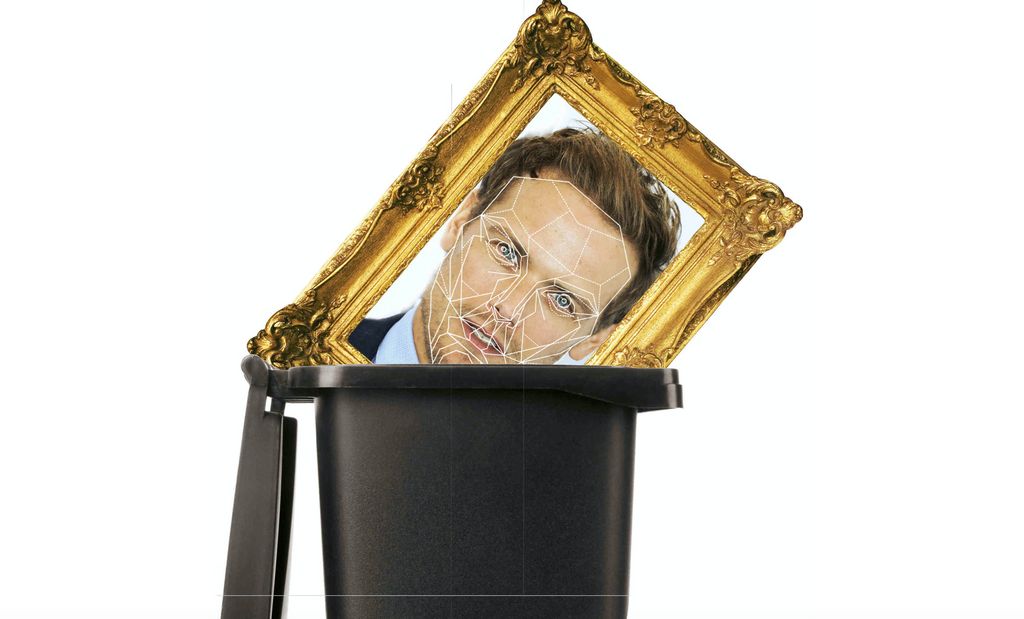1, 61 80339887 5 …… in its infinite decimal form, or (1 + √5) / 2 according to its exact formula: the golden ratio actually exists as a mathematical object. A Greek letter (phi) has been attributed to him. Unreasonably, this number is surrounded by complex myths. Sure, it has an amazing and unique arithmetic property: multiplying it by itself means adding 1 (1.618 x 1.618 = 2.618 = 1.618 + 1) to it. Not enough to explain his status as a math star. If she is so charming, it is because she will be the cornerstone of the material world and works of art, associated with standards of cosmic beauty and harmony. Legend says that it can be found in the structure and proportions of paintings by Renaissance masters, in Gothic architecture, on the facade of the Parthenon, in the Khufu pyramid and even the heart of spirals formed by galaxies.
Initially, it is defined geometrically. To put it simply: If we cut a section in half unevenly, it is said to be divided according to the “golden ratio” when the ratio of the largest part to the smallest is the same as that of the whole sector to the largest. We find traces of this particular ratio since antiquity. “In Euclid’s Elements, the reference geometry textbook for centuries, a number of these sections—and their relationship to geometric shapes—are discussed, including this one,” notes Catherine Goldstein, historian of mathematical sciences and director of research at CNRS. The great mathematician Luca Pacioli, in his work since the beginning of the century, defends the superiority of this ratio, which he considers particularly impressive. “Pacioli adopts this idea that puts us in touch with the universe, with God. It is the time when artworks are shown to great patrons, and when it is common to wrap the flag in religious discourse, the historian explains.
There are, then, traces of a fascination with the gold ratio in history, but they are very isolated. “
Slithering into the ground
Throughout history, the “divine proportion” has been associated with its algebraic value and is called the golden number from the nineteenth century. At the beginning of the twentieth century, the movements of intellectuals interested in the relationship between mathematics, art and poetry, clustered around figures such as Paul Valéry or Roman Matila Ghika, showed a renewed interest in a number or … which they then began to search for and find everywhere! However, this place given to the golden ratio in art seems to be greatly exaggerated. “Many artists of the High Renaissance actually preferred harmony, clarity of compositions and balance of situations. But without basing their work on a very complex proportion of proportions,” explains Laurie Wagnaert, research supervisor at the fund. Researcher (FRS-FNRS) and lecturer at the University of Liege (Belgium). “However, it appears that some researchers are attempting a later analysis to analyze Renaissance works by inserting such and such person or such architecture into a golden rectangle or spiral.”
“
There is an idea that mathematics is boring and that to make it fun you have to make people dream
“
This obsession with keeping the myth alive, at all costs, troubles a number of mathematicians who have lost much interest in the golden ratio as it slides toward esotericism. “There is an idea that mathematics is boring and that to make it fun you have to make people dream. Even if it means saying false things,” Katherine Goldstein laments. Legends die hard. Especially the most beautiful.


